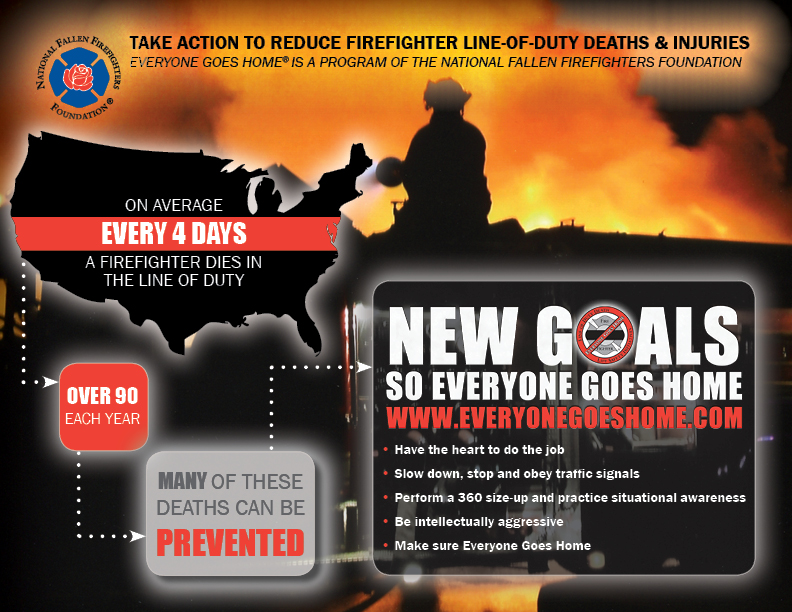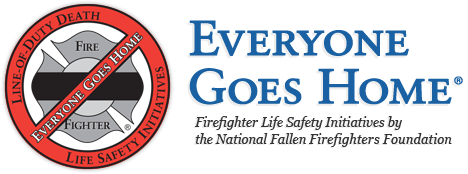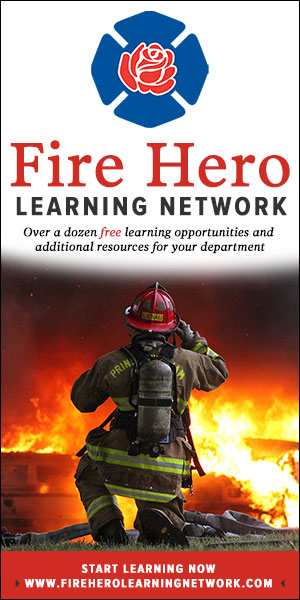From the August issue of Firehouse® Magazine
By Chief Ronald J. Siarnicki
Malcolm Gladwell, author of Outliers: The Story of Success, proposes that it takes approximately 10,000 hours of practice to become an expert in anything. To support this concept, he examined the lives of several successful individuals and groups, including Bill Gates and the Beatles, and he determined that practice really does make perfect.
To be successful and effective firefighters, we need to apply this concept to our training and education. Everyone must practice the skills until the muscle memory won’t let you get it wrong. By drilling regularly on a variety of scenarios, everyone on the crew will be confident in their abilities to successfully perform basic skills, such as forcible entry, air management and hoseline deployment. But it shouldn’t stop there. It’s equally important to expand your training to include areas that you may not encounter regularly, such as auto extrication, wide-area searches, searches off a rope and rapid intervention.
Including after-action reviews (AARs) or “hot washes” after every call allows for honest feedback and information-sharing that benefit everyone on the call and in the station. AARs provide the opportunity to refine operations to become “operationally excellent”—something every firefighter should strive for.
We must not limit our training to fireground tactics of throwing ladders, dousing flames or cutting twisted metal. Everyone needs to be well versed on policies and procedures of the department and fully comprehend when and why guidelines are employed. It’s much easier to follow the rules when we understand why the rules were created.
During Tampa2: Building for the Future, training and education comprised one of the Hot Topic discussions. The group recognized that unlike many other industries and professions, there are no national standards in place for training and recertification. This is largely due to the vast differences within the fire service in terms of local and regional needs and expectations. Any department, regardless of size or service needs, can implement practical policies. Are there benchmarks for recertification training, such as 5- or 10-year intervals? Is there a documentation system in place to confirm recertification? Is skill proficiency expected in order to continue? Does every member receive an annual physical that screens for cardiovascular disease and cancer?
Expose yourself to a higher level of research about different aspects of the fire service. We’ve learned a lot over the past few years on changes and challenges of modern construction, flow-paths and heat-release rates. The studies are changing the way we operate and we need to stay current. This knowledge will instill confidence that enables us to make sound decisions and act accordingly.
Firefighters should strive to do everything humanly possible to save lives and to stay alive. However, we all know that even when firefighters do everything right, there are incidents that are beyond our control. This should be the motivation to take your education and training to another level so you know what to do in the event of that worst-case scenario, a line-of-duty death. Responding quickly and appropriately to support survivors of a fallen firefighter and their crewmembers is just as important as knowing how to respond to a call to serve your community.
Are personnel records up to date? Would you know which family member to notify first? Is there a policy in place for how to schedule coverage while the department mourns? Do you know how to assist the loved ones with fire service funeral arrangements?
Unfortunately, these are significant details that are frequently overlooked. When that happens, mistakes can be made that will make the loss even more painful for the survivors. That’s why the National Fallen Firefighters Foundation has the resources to help. Taking Care of Our Own is a valuable training program we offer to help our nation’s firefighters be better prepared for the loss of a brother or sister firefighter. The Local Assistance State Teams (LAST) were created to provide assistance to local fire departments and help them properly honor their fallen brother or sister. It’s crucial for the healing of the survivors to get it as perfect as humanly possible.
As we heard at Tampa2, we should not accept a “one and done” training competency approach and evaluation. Constant, rigorous, ongoing training needs to be reinforced. Make the time to improve your skills, tactics and knowledge about all aspects of the fire service. Then put it all to work. Do it for yourself, for your crew and and for your loved ones.
More to Consider
The More You Know, The Better Prepared You Are for the Fireground
By Timothy E. Sendelbach
One of the dominant themes coming out of TAMPA2 was the need for some sort of national certification and recertification process in the fire service. Simply put, we need to develop annual performance measurement standards for all firefighters, not just recruits from the academy.
» More: Read the Full Article on Firehouse.com
» Discuss: Take Part in the Conversation in the Firehouse.com Forums



